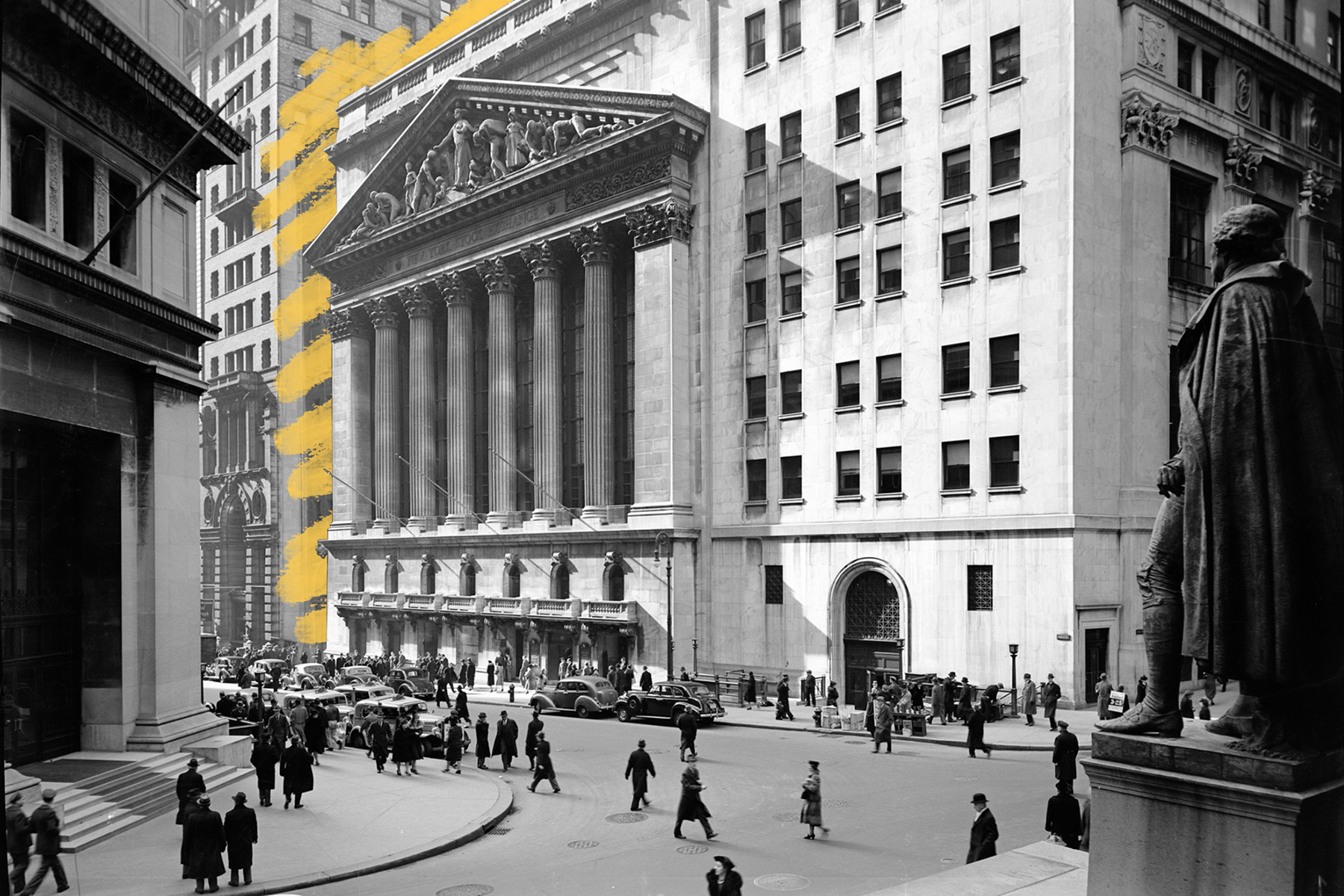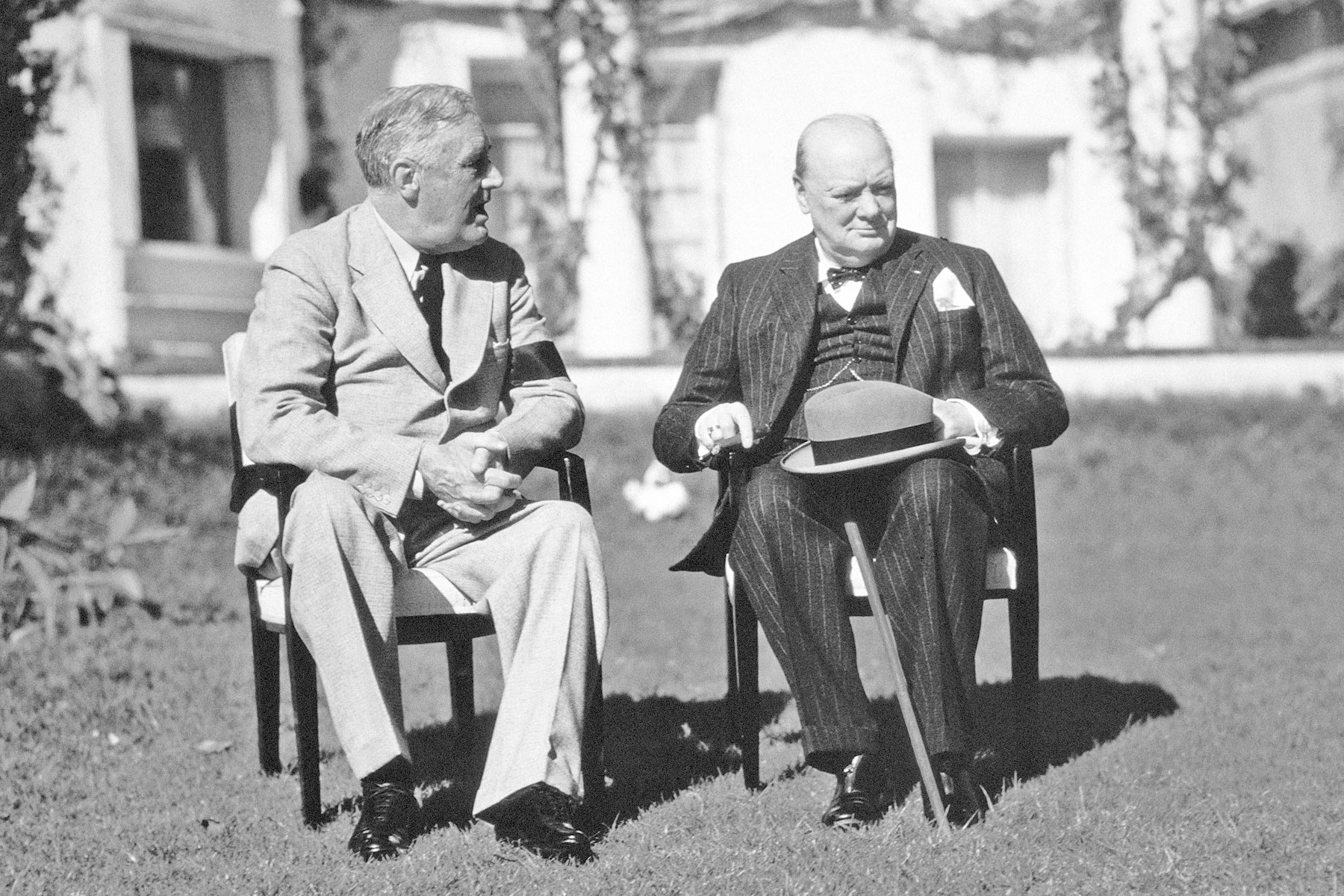The NYSE bell wasn't always a bell...
Saturday, February 8, 2025
In the 1870s, a new era emerged at the world's largest stock market with the arrival of continuous trading. |
| |
| |
|
 |
|
| I n the 1870s, a new era emerged at the world's largest stock market with the arrival of continuous trading. This resulted in a need for a daily signal to open and close the market. The chosen signal was loud and distinct so as to be heard by everyone on the trading floor: a Chinese gong. From the 1870s until 1903, the thunderous disk was ceremoniously struck with a padded hammer to signal the beginning and end of the trading day. However, this particular tradition soon came to an end. In 1903, the NYSE underwent a few major changes, including moving to its current location at 18 Broad Street and discontinuing the gong, which was replaced by an electrically operated brass bell. However, not all stock markets have modernized their bells — the Euronext Amsterdam stock exchange (the oldest exchange in the world) has opened and closed with a gong since the 17th century. |
|
|
| Today, the NYSE bells sound twice daily, once to open trading at 9:30 a.m. and once to close at 4:00 p.m. (Eastern time). Ringing these bells is a celebrated tradition, and celebrities, politicians, and business professionals are often invited to partake in the decades-old custom. In 1956, the first-ever guest bell ringer was 10-year-old Leonard Ross, who earned his spot by answering stock market trivia on a TV game show. |
|
 |  |
|
|
 |
|
| |
|
| Duration (in seconds) of the NYSE's closing bell | | | 15 |
| | | Stockbrokers who founded the NYSE in 1792 | | | 24 |
| | | Stockbrokers who founded the NYSE in 1792 | | | 24 |
|
|
|
| Weight (in tons) of the Tsar Kolokol, the world's heaviest bell | | | 202 |
| | | Average shares exchanged daily at the NYSE | | | 2.4 billion |
| | | Average shares exchanged daily at the NYSE | | | 2.4 billion |
|
|
|
 |
|
 | | Did you know? |
|
|
The idiom "saved by the bell" comes from boxing. |
|
| The expression "saved by the bell" first appeared in American English around 1902, originating from prizefighting (professional boxing). The phrase was used in the literal sense to describe a situation in which a fallen boxer must rise before the referee can count to 10. If the bell rings to signal the end of the round before the referee can finish counting, the boxer is "saved by the bell" and continues on to the next round. By 1912, the saying evolved beyond its boxing roots and made its way into the education lexicon; students claimed they were "saved by the bell" when the sound marked the end of class and it was time to leave. The phrase is still used in this context today, as referenced in the title of the 1990s high school sitcom Saved by the Bell. |
|


posted by June Lesley at 4:04 AM











![]()
![]()










0 Comments:
Post a Comment
<< Home